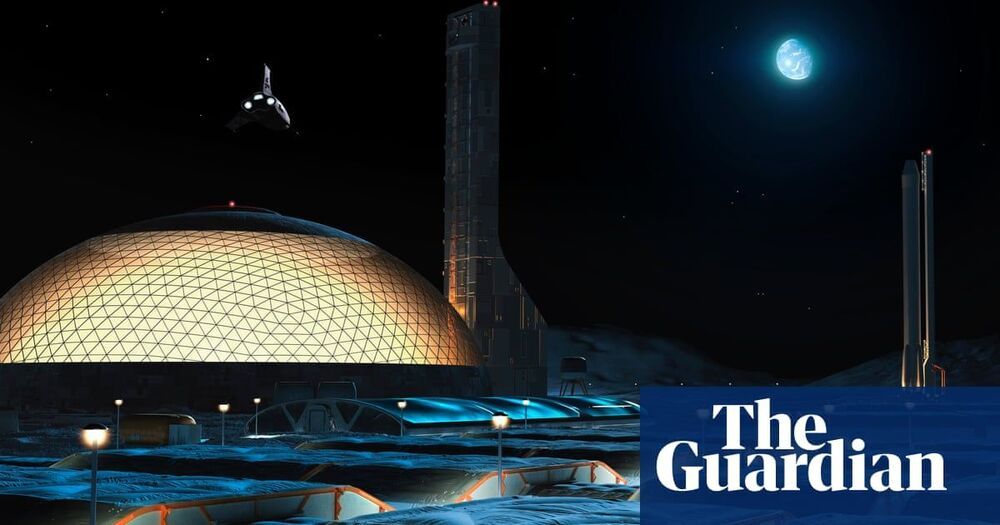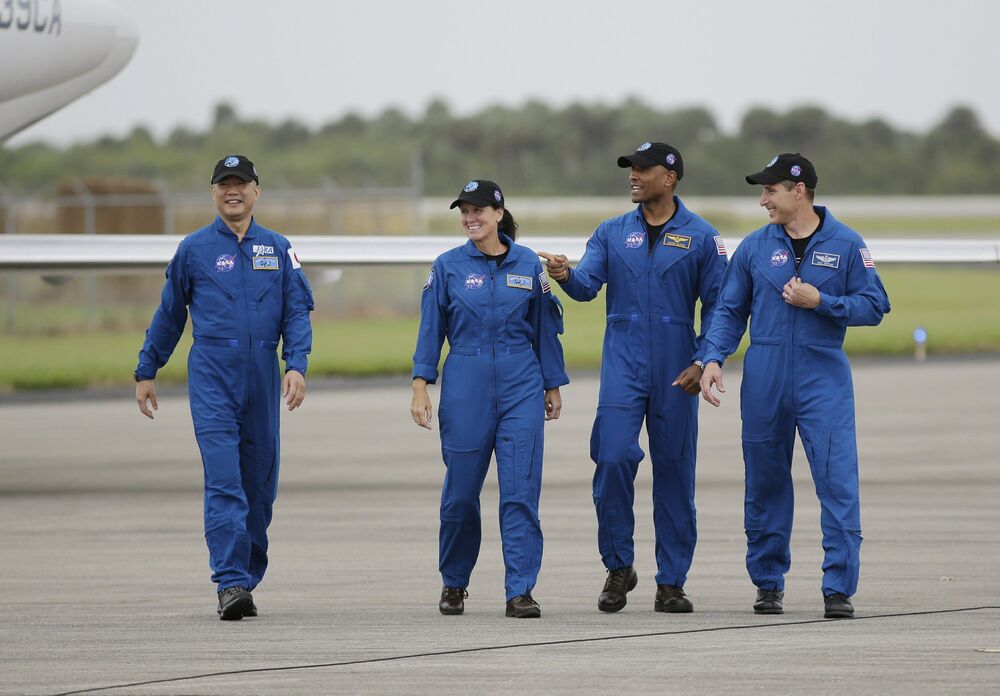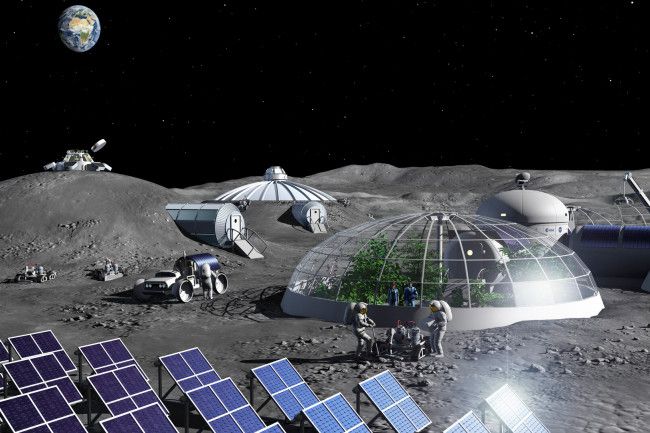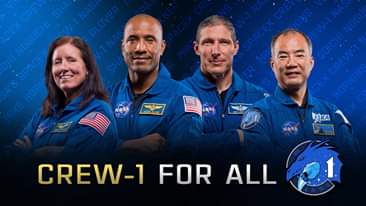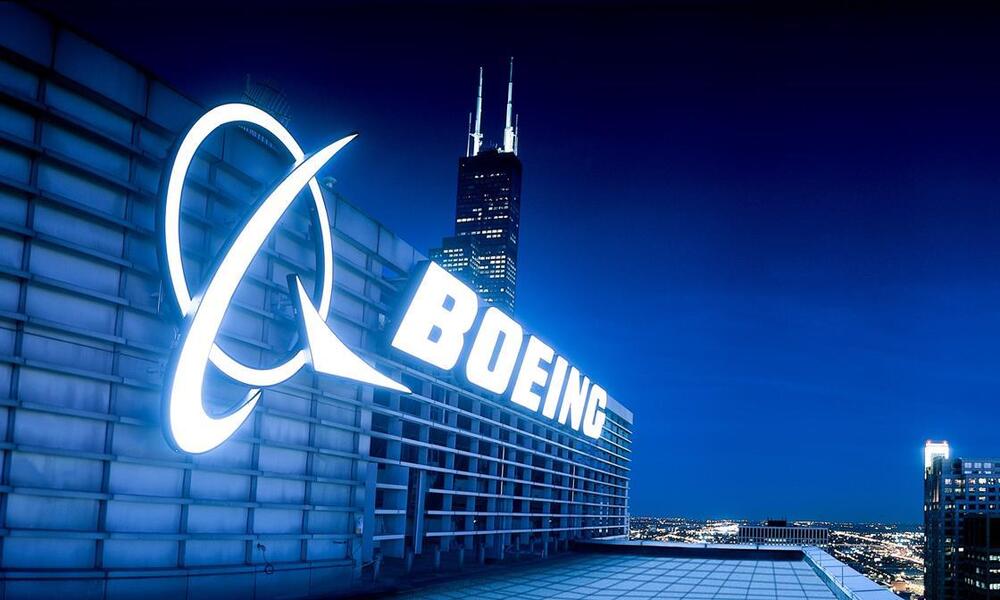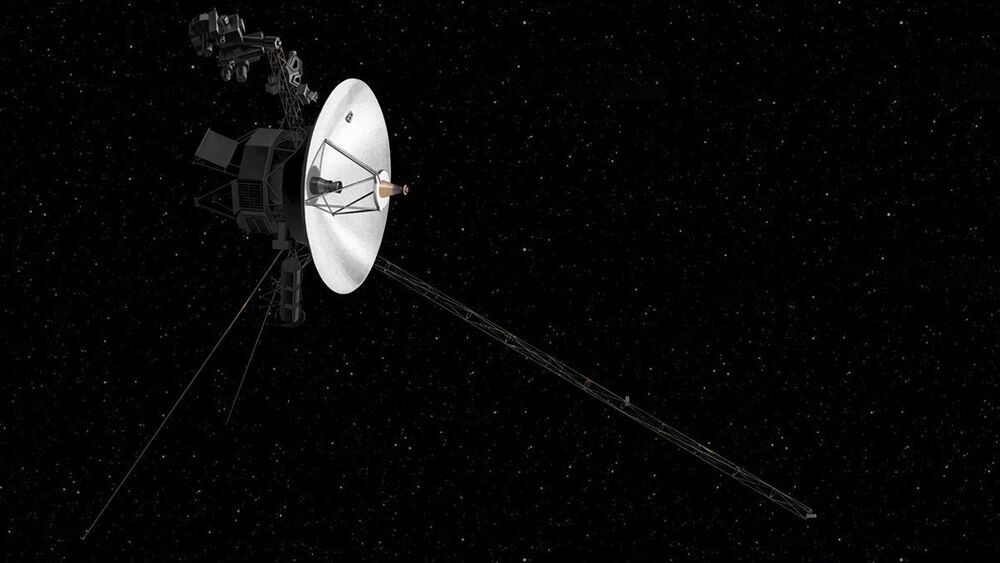A Chinese team has demonstrated a prototype of a microwave plasma thruster capable of working in the Earth’s atmosphere and producing thrust with an efficiency comparable to the jet engines you’d find on modern airliners – under laboratory conditions.
Plasma thrusters are already operational on spacecraft as a means of solar-electric locomotion, using xenon plasma, but such things are no use in the Earth’s atmosphere, as accelerated xenon ions lose most of their thrust force to friction against the air. Not to mention, they only make a small amount of thrust in the first place.
This design, conceived and built by a team at the Institute of Technical Sciences at Wuhan University, uses only air and electricity, and appears to produce an impressive push that may see it become relevant to electric aircraft applications.
